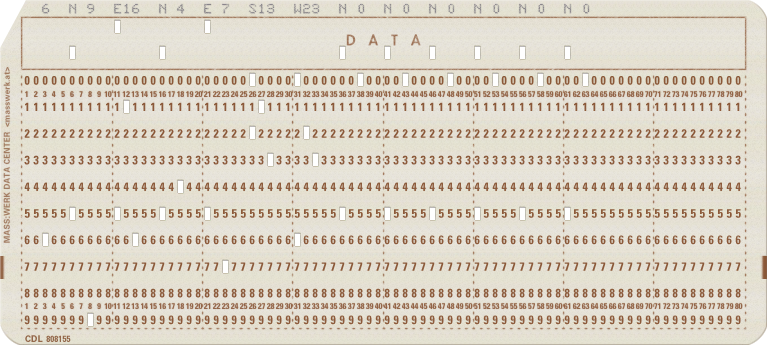The 1974 Texas Regional Programming Contest (a predecessor of the ICPC) describes an input format:
A room description will be contained on a single card with the format:
(1X, I2, 2X, 12 (A1, I2, 2X)).The "number of corners" will be contained in columns 2 and 3 of the card and successive direction-distance pairs will be contained in columns 5-7, 10-12, 15-17, etc.
(I assume that the 12 is a typo and should be another I2.)
What does the format mean? What do 1X etc. and I2 denote?
